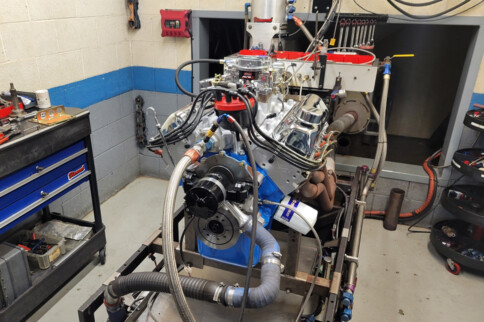 Dyno Testing
Dyno Testing
Dyno Testing
 Dyno Testing
Dyno Testing

Build your own custom newsletter with the content you love from Street Muscle, directly to your inbox, absolutely FREE!

We'll send you the most interesting Street Muscle articles, news, car features, and videos every week.
We promise not to use your email address for anything but exclusive updates from the Power Automedia Network.
We will safeguard your e-mail and only send content you request.

Thank you for your subscription.
We think you might like...

Classic Ford Performance |

Drag Racing |

Classic Chevy Magazine |
We think you might like...

Thank you for your subscription.